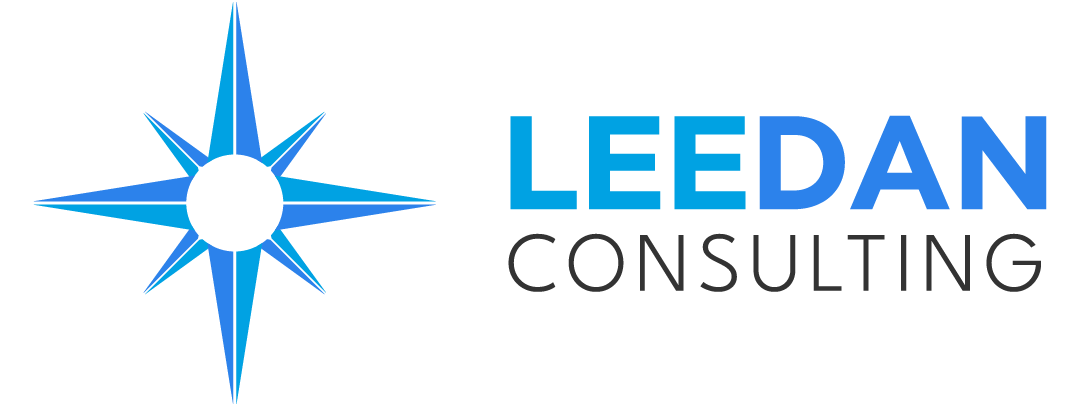
In Part 1 of this three-part series, we discussed the importance of starting with a clearly defined and well-understood vision and strategy for the transformation itself. We also covered the invaluable nature of data and how critical it is to eliminate or reduce the organization noise in order to obtain a clear picture of what is actually happening during your transformation. In Part 2, we consider the implications for people and processes during transformations that are often overlooked or minimized.
People
Your organization should be designed to support transformation goals. Don’t be constrained by your current structure. You may need to redefine roles and responsibilities, create new teams and departments, or restructure the entire organization, depending on how well-suited the current organization structure is for post-transformation success. Ensure you evaluate and adjust your people strategy regularly, so you have the right people in the right roles. It is essential to constantly evaluate, sort, and develop your people talent to avoid gaps and correct ill-fitting assignments. On average, it can take approximately 6-12 months to get to know a new employee and 18 months for them to fully assimilate to the organizational culture. Investing the time by conducting more frequent mini reviews will pay dividends in the long term. Focus on distinguishing between someone’s knowledge/training, their abilities, and their values. The first one you can develop, the second can be moderately affected, and the third cannot be changed. Know what you’re dealing with for each individual and act accordingly.
Culture is often overlooked in a company, but it impacts everything about a company from recruiting to daily operations to the bottom line. Successful and sustainable companies spend time intentionally establishing, developing, and nurturing their culture in a way that aligns with their values and objectives. Ask yourself if your current culture supports your transformed company. If it does not, you must address the biggest detractors and establish appropriate rituals, practices, and incentives to realign your culture towards your desired outcomes. Most importantly, leadership must align their actions and behaviors with their words to build trust during this time of change. Transforming your company culture will not happen overnight, but the benefits will prepare your organization for long term success.
Processes
Processes must have purpose. They must drive business outcomes and increase customer value. Applying a methodology such as Lean to processes helps eliminate waste, strive for zero defects, and establish standard work. Everyone in the organization should understand their role and feel empowered to continuously measure and improve their respective processes. This requires an organizational operating model designed for continuous improvement. Focus relentlessly on driving value for the customer and reducing as much of the non-value-added activities as possible. Review the entire process from end-to-end rather than in its component parts to ensure you always have the big picture and end results in mind. Always go to the place where the work is performed and speak with the people who perform the work to understand what is really happening before trying to change any processes.
While containment measures can be necessary to address immediate issues, they should be treated as temporary solutions. Do not allow containment measures to become permanent or you may be unintentionally embedding additional issues and waste into the process.
Stay Tuned…
In Part 3, learn about how selecting and managing the appropriate tools and structuring the right reward programs help ensure the long term success of your transformation.


